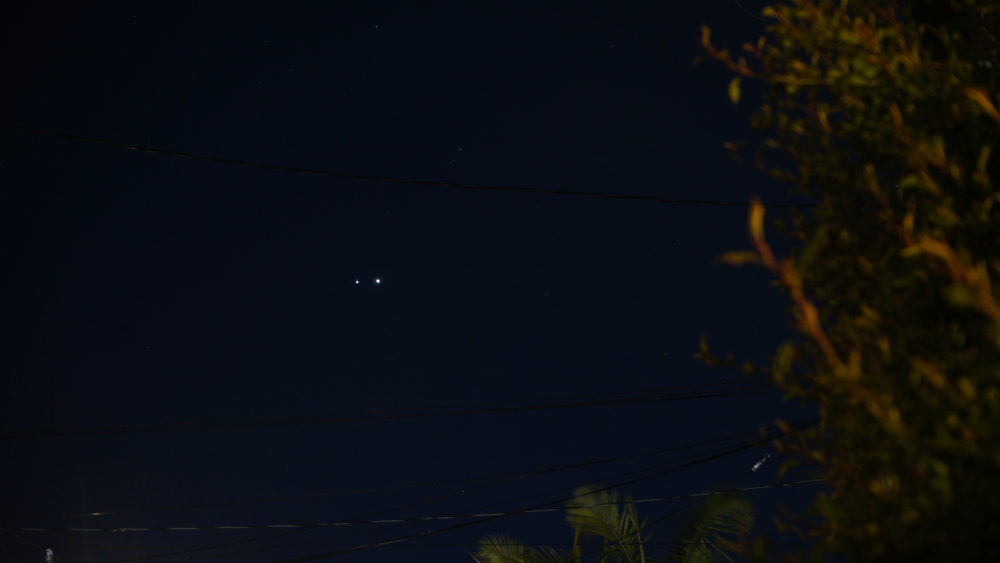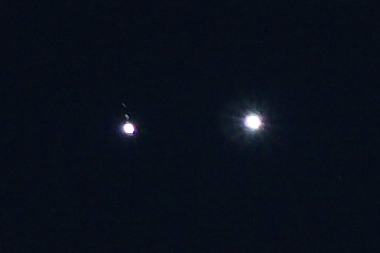One of many cool facts brought up in Phil Plait’s new book, Under Alien Skies is that Martian sunsets are blue!
On Earth, nitrogen scatters light randomly, with bluer colors scattering more than redder colors, so the ambient sky is blue, but when you’re looking toward the sun at a shallow angle (like sunrise or sunset), most of the blue light is scattered into the next timezone and you see red and orange.
On Mars, tiny dust particles of iron oxides (rusty dust?) reflect yellow-orange light, making the daytime sky mostly a butterscotch color…but the particles that can stay aloft in the thin atmosphere are about the size of the wavelength of blue light, so they scatter blue light forward instead of randomly. So at the shallow angles of sunset and sunrise, the sky in the direction of the sun has more blue light than the yellows that are scattered in other directions.
Essentially the same process, but reversed because of the different content of the atmosphere!
Update: I’ve finished the book, and it’s well worth reading! Here’s a link to my review!

